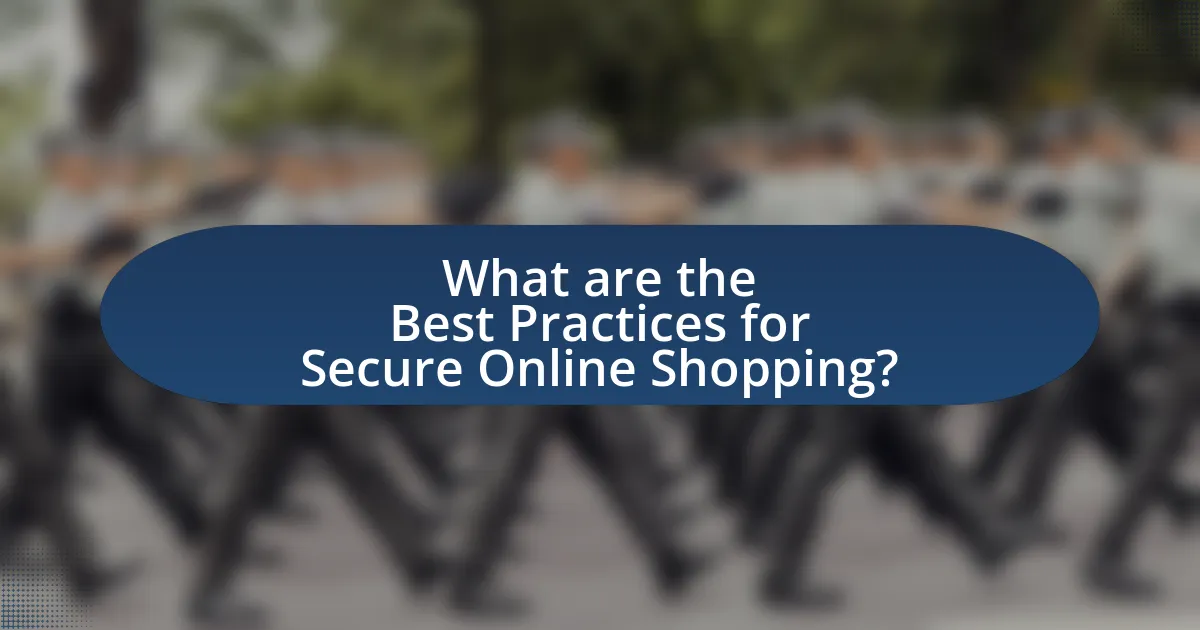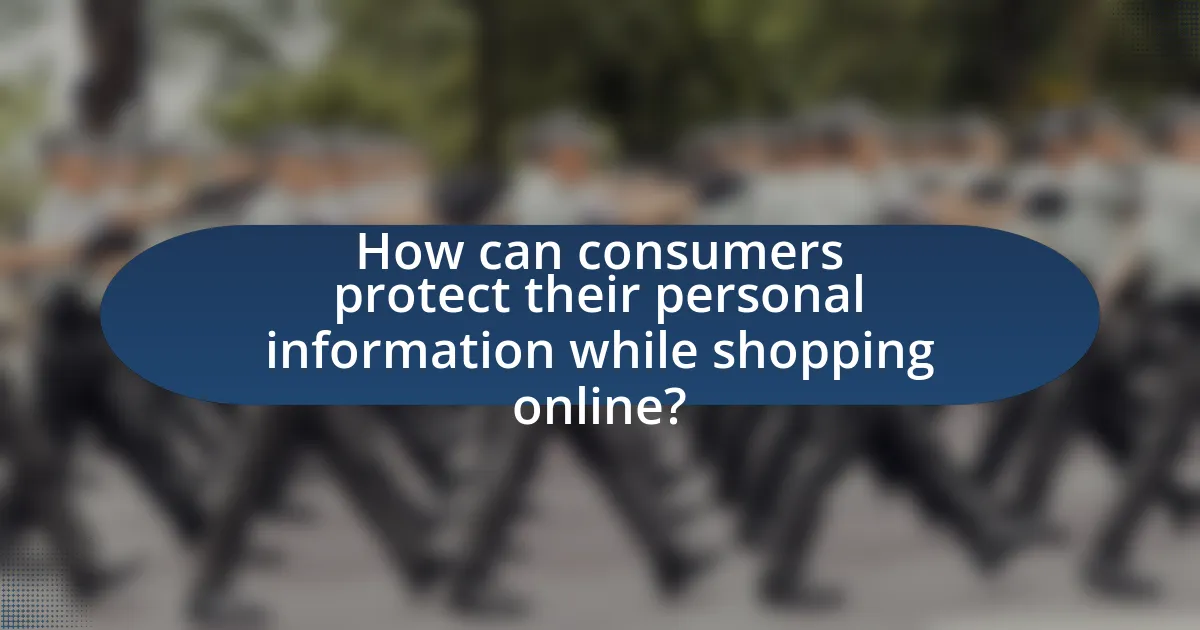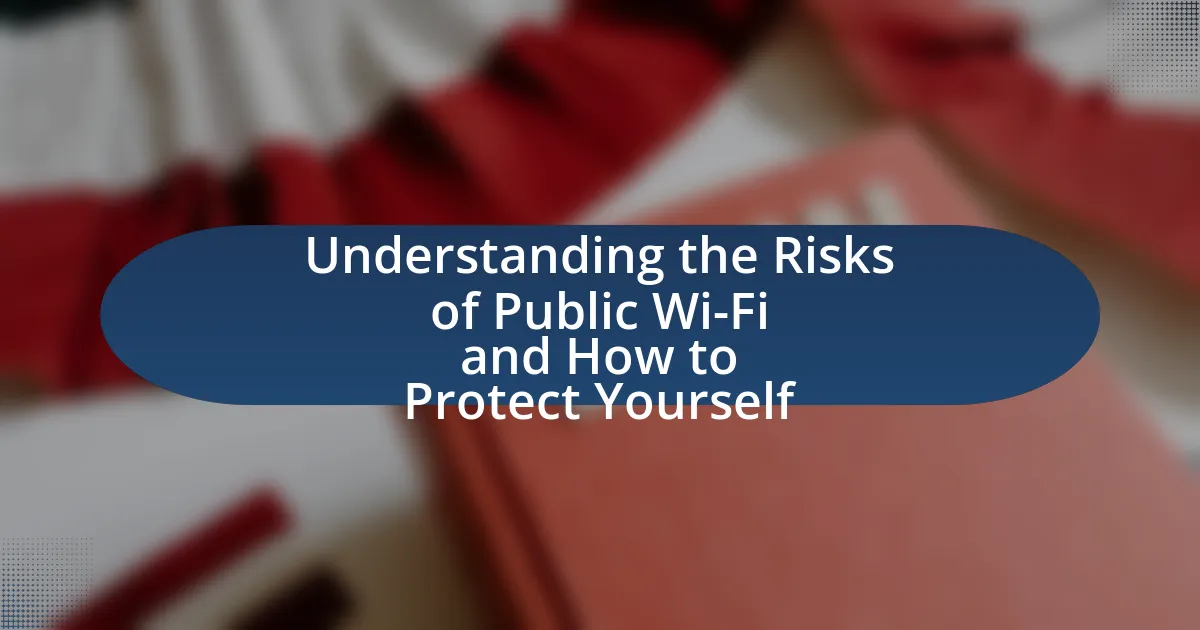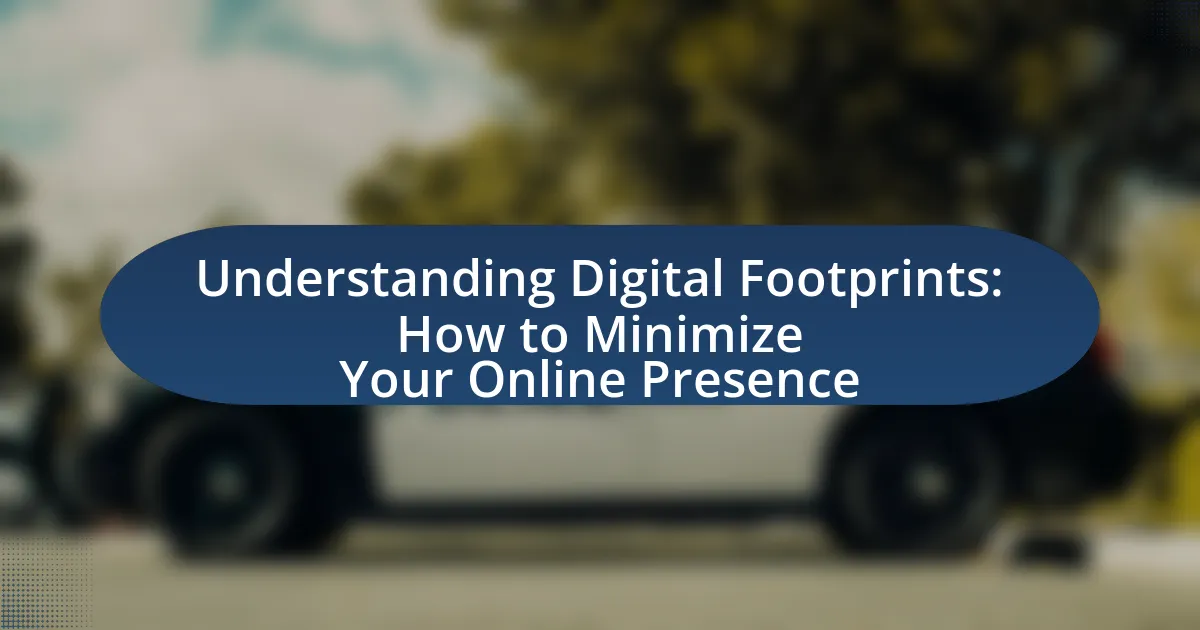The article focuses on best practices for secure online shopping, emphasizing the importance of using secure websites, strong passwords, and monitoring financial statements to protect personal and financial information. Key indicators of secure shopping sites include the presence of HTTPS in URLs and trust seals from recognized security organizations. The article also discusses the role of SSL certificates, two-factor authentication, and password managers in enhancing security. Additionally, it highlights precautions consumers should take when entering personal information, recognizing phishing attempts, and the significance of monitoring financial statements for unauthorized transactions. Overall, the article provides practical tips and resources to help consumers shop safely online.

What are the Best Practices for Secure Online Shopping?
The best practices for secure online shopping include using secure websites, employing strong passwords, and monitoring financial statements. Secure websites can be identified by URLs that begin with “https://” and display a padlock icon, indicating that data is encrypted during transmission. Strong passwords should combine letters, numbers, and symbols, and should not be reused across different sites to minimize the risk of unauthorized access. Regularly monitoring financial statements helps detect any unauthorized transactions early, allowing for prompt action. According to the Federal Trade Commission, consumers should also be cautious of public Wi-Fi networks, as they can expose personal information to cyber threats.
How can consumers identify secure online shopping sites?
Consumers can identify secure online shopping sites by looking for specific indicators such as the presence of HTTPS in the URL and a padlock symbol in the address bar. HTTPS indicates that the site uses encryption to protect data during transmission, which is essential for secure transactions. Additionally, reputable sites often display trust seals from recognized security organizations, which can further assure consumers of their security measures. According to a study by the Online Trust Alliance, 85% of consumers are more likely to complete a purchase on a site that displays a trust seal, highlighting the importance of these indicators in fostering consumer confidence.
What indicators show that a website is secure?
A secure website is indicated by the presence of HTTPS in the URL, which signifies that the site uses SSL/TLS encryption to protect data during transmission. Additionally, a padlock icon in the address bar further confirms the site’s security. Websites that display trust seals from recognized security companies also indicate a commitment to security practices. According to a study by the Online Trust Alliance, 85% of consumers feel more secure when they see trust seals on a website, reinforcing the importance of these indicators.
How can SSL certificates enhance online shopping security?
SSL certificates enhance online shopping security by encrypting data transmitted between the user’s browser and the web server. This encryption protects sensitive information, such as credit card details and personal data, from interception by malicious actors. According to a study by the Ponemon Institute, 70% of consumers are more likely to complete a purchase on a website that uses SSL, indicating that SSL certificates not only secure transactions but also build consumer trust. Additionally, SSL certificates authenticate the identity of the website, ensuring that users are interacting with legitimate businesses rather than fraudulent sites. This dual function of encryption and authentication significantly reduces the risk of data breaches and fraud during online shopping.
Why is it important to use strong passwords for online shopping?
Using strong passwords for online shopping is crucial to protect personal and financial information from unauthorized access. Weak passwords can be easily guessed or cracked by cybercriminals, leading to identity theft and financial loss. According to a 2021 report by Cybersecurity Ventures, cybercrime is projected to cause damages of $6 trillion annually, highlighting the significant risks associated with inadequate password security. Strong passwords, which typically include a mix of letters, numbers, and special characters, significantly reduce the likelihood of successful hacking attempts, thereby safeguarding sensitive data during online transactions.
What characteristics define a strong password?
A strong password is defined by its length, complexity, and unpredictability. Specifically, it should be at least 12 characters long, incorporating a mix of uppercase letters, lowercase letters, numbers, and special symbols. This combination significantly increases the number of possible password combinations, making it harder for attackers to guess or crack the password. Research indicates that passwords meeting these criteria can withstand brute-force attacks for much longer than simpler passwords, with estimates suggesting that a 12-character password can take years to crack compared to mere seconds for a 6-character password.
How can password managers assist in maintaining security?
Password managers assist in maintaining security by securely storing and encrypting passwords, which reduces the risk of password theft and unauthorized access. They generate complex, unique passwords for each account, minimizing the likelihood of successful brute-force attacks. According to a study by the Cybersecurity & Infrastructure Security Agency, using a password manager can significantly decrease the chances of falling victim to phishing attacks, as they often autofill credentials only on legitimate websites. This combination of secure storage, unique password generation, and protection against phishing enhances overall online security for users.
What role does two-factor authentication play in online shopping security?
Two-factor authentication (2FA) significantly enhances online shopping security by adding an extra layer of protection beyond just a password. This method requires users to provide two forms of verification—typically something they know (like a password) and something they have (like a mobile device for a verification code). According to a study by Google, 2FA can block up to 99.9% of automated attacks, demonstrating its effectiveness in preventing unauthorized access to accounts. By implementing 2FA, online retailers can reduce the risk of fraud and protect sensitive customer information, thereby fostering trust and safety in the online shopping experience.
How does two-factor authentication work?
Two-factor authentication (2FA) works by requiring two distinct forms of identification before granting access to an account. The first factor is typically something the user knows, such as a password, while the second factor is something the user possesses, like a smartphone that receives a one-time code or an authentication app. This dual-layer approach significantly enhances security because even if a password is compromised, unauthorized access is still prevented without the second factor. According to a study by Google, implementing 2FA can block 99.9% of automated attacks, demonstrating its effectiveness in protecting online accounts.
What are the benefits of enabling two-factor authentication?
Enabling two-factor authentication (2FA) significantly enhances online security by requiring a second form of verification in addition to a password. This additional layer of security helps protect accounts from unauthorized access, even if a password is compromised. According to a study by Google, 2FA can block up to 100% of automated bot attacks and 96% of phishing attacks, demonstrating its effectiveness in safeguarding sensitive information during online transactions.

How can consumers protect their personal information while shopping online?
Consumers can protect their personal information while shopping online by using strong, unique passwords for each account and enabling two-factor authentication whenever possible. Strong passwords reduce the risk of unauthorized access, while two-factor authentication adds an extra layer of security by requiring a second form of verification. According to a 2021 report by the Cybersecurity & Infrastructure Security Agency, using unique passwords can decrease the likelihood of account breaches by up to 80%. Additionally, consumers should ensure that the websites they shop on use HTTPS, which encrypts data during transmission, further safeguarding personal information from potential interception.
What precautions should be taken when entering personal information?
When entering personal information, individuals should ensure they are using secure websites, indicated by “https://” in the URL and a padlock icon in the address bar. This security measure protects data during transmission, reducing the risk of interception by malicious actors. Additionally, users should avoid entering sensitive information on public Wi-Fi networks, as these connections can be easily compromised. According to a study by the Federal Trade Commission, 43% of data breaches involve unsecured networks, highlighting the importance of secure connections. Furthermore, individuals should utilize strong, unique passwords and enable two-factor authentication whenever possible to enhance account security. These precautions collectively help safeguard personal information against unauthorized access and identity theft.
How can consumers recognize phishing attempts?
Consumers can recognize phishing attempts by identifying suspicious emails or messages that request personal information or contain urgent language. Phishing attempts often include misspellings, generic greetings, and mismatched URLs that do not correspond to legitimate websites. According to the Anti-Phishing Working Group, in 2022, 83% of phishing emails contained some form of social engineering, which aims to create a sense of urgency or fear to prompt immediate action. Recognizing these signs can help consumers avoid falling victim to scams.
What steps can be taken to avoid data breaches?
To avoid data breaches, organizations should implement strong security measures, including encryption, regular software updates, and employee training. Encryption protects sensitive data by converting it into a secure format, making it unreadable without the proper decryption key. Regular software updates patch vulnerabilities that could be exploited by attackers; for instance, the 2020 Verizon Data Breach Investigations Report indicated that 43% of breaches involved web applications, often due to unpatched software. Employee training raises awareness about phishing and social engineering tactics, which are common methods used to gain unauthorized access to systems. According to the Ponemon Institute, organizations that invest in security awareness training can reduce the risk of breaches by up to 70%.
Why is it essential to monitor financial statements after online purchases?
Monitoring financial statements after online purchases is essential to detect unauthorized transactions and ensure accurate budgeting. Regularly reviewing these statements allows consumers to identify discrepancies, such as unexpected charges or fraudulent activity, which can occur due to data breaches or phishing scams. According to a 2021 report by Javelin Strategy & Research, 49% of consumers experienced some form of identity theft, highlighting the importance of vigilance in financial monitoring. By promptly addressing any irregularities, individuals can mitigate potential financial losses and protect their personal information.
What signs indicate fraudulent activity on financial statements?
Signs indicating fraudulent activity on financial statements include inconsistencies in reported figures, unusual fluctuations in revenue or expenses, and discrepancies between financial statements and supporting documentation. For instance, a sudden spike in revenue without a corresponding increase in cash flow may suggest manipulation. Additionally, frequent changes in accounting policies or estimates can signal attempts to obscure true financial performance. According to the Association of Certified Fraud Examiners, 83% of fraud cases involve financial statement misrepresentation, highlighting the prevalence of these signs in fraudulent activities.
How can consumers report unauthorized transactions?
Consumers can report unauthorized transactions by contacting their bank or credit card issuer immediately. Most financial institutions have dedicated fraud departments that can assist in investigating the transaction and potentially reversing it. Additionally, consumers should document the unauthorized transaction details, including the date, amount, and merchant, to provide accurate information during the reporting process. According to the Federal Trade Commission, consumers are advised to report unauthorized transactions to the Consumer Financial Protection Bureau if their financial institution does not resolve the issue satisfactorily.

What are the common pitfalls to avoid in online shopping?
Common pitfalls to avoid in online shopping include failing to research the seller, neglecting to read product reviews, and not checking for secure payment options. Researching the seller helps ensure legitimacy; for instance, 79% of consumers check reviews before making a purchase. Reading product reviews provides insights into quality and reliability, as 88% of consumers trust online reviews as much as personal recommendations. Additionally, secure payment options, such as using credit cards or trusted payment services, protect against fraud, with 43% of online shoppers reporting concerns about security. Avoiding these pitfalls enhances the online shopping experience and minimizes risks.
What are the risks of using public Wi-Fi for online shopping?
Using public Wi-Fi for online shopping poses significant risks, primarily due to the lack of security in these networks. Public Wi-Fi is often unsecured, making it vulnerable to cyberattacks such as man-in-the-middle attacks, where hackers intercept data transmitted between the user and the shopping site. According to a study by the Federal Trade Commission, 70% of consumers do not use secure connections when accessing public Wi-Fi, increasing the likelihood of personal and financial information being compromised. Additionally, malware can be introduced through unsecured networks, further endangering sensitive data.
How can VPNs enhance security when shopping online?
VPNs enhance security when shopping online by encrypting internet traffic, which protects sensitive information from potential hackers. This encryption ensures that data such as credit card numbers and personal details remain confidential while transmitted over the internet. According to a study by the University of Maryland, over 70% of online shoppers are concerned about their data security, highlighting the importance of using a VPN to mitigate risks associated with unsecured networks. By masking the user’s IP address, VPNs also prevent tracking by third parties, further safeguarding privacy during online transactions.
What should consumers do if they must use public Wi-Fi?
Consumers should use a virtual private network (VPN) when accessing public Wi-Fi to enhance security. A VPN encrypts internet traffic, making it difficult for hackers to intercept sensitive information. According to a study by the Federal Trade Commission, using a VPN can significantly reduce the risk of data breaches on unsecured networks, as it creates a secure tunnel for data transmission. Additionally, consumers should avoid accessing sensitive accounts or making financial transactions while connected to public Wi-Fi, as these actions can expose personal information to potential threats.
How can consumers ensure they are shopping from reputable retailers?
Consumers can ensure they are shopping from reputable retailers by verifying the retailer’s credentials, such as checking for secure website connections (HTTPS), reading customer reviews, and confirming contact information. A secure website connection indicates that the retailer takes data protection seriously, while customer reviews provide insights into the retailer’s reliability and service quality. Additionally, reputable retailers typically display clear contact information, including a physical address and customer service options, which can be cross-verified through independent sources. According to a 2021 survey by the Better Business Bureau, 70% of consumers reported that they check online reviews before making a purchase, highlighting the importance of this practice in identifying trustworthy retailers.
What resources can help verify the legitimacy of an online store?
To verify the legitimacy of an online store, consumers can utilize resources such as the Better Business Bureau (BBB), Trustpilot, and Google Reviews. The Better Business Bureau provides ratings and reviews based on customer feedback and business practices, helping users assess the reliability of a store. Trustpilot aggregates customer reviews and ratings, offering insights into the shopping experience. Google Reviews allows users to see ratings and comments from other shoppers, providing additional context about the store’s reputation. These resources collectively offer a comprehensive view of an online store’s legitimacy, supported by real customer experiences and feedback.
How can customer reviews inform safe shopping practices?
Customer reviews can inform safe shopping practices by providing insights into product quality, seller reliability, and customer service experiences. When potential buyers read reviews, they can identify patterns of positive or negative feedback that highlight trustworthy sellers or warn against fraudulent ones. For instance, a study by BrightLocal found that 91% of consumers read online reviews regularly, and 84% trust them as much as personal recommendations. This data underscores the importance of customer reviews in guiding informed purchasing decisions, ultimately enhancing safety in online shopping.
What practical tips can enhance secure online shopping experiences?
To enhance secure online shopping experiences, consumers should prioritize using secure websites, specifically those that feature HTTPS in the URL, which indicates that data is encrypted during transmission. Additionally, shoppers should utilize strong, unique passwords for each online account to prevent unauthorized access; a study by the Cybersecurity & Infrastructure Security Agency found that 81% of data breaches are linked to weak passwords. Furthermore, enabling two-factor authentication adds an extra layer of security, making it more difficult for attackers to gain access even if passwords are compromised. Regularly monitoring bank statements and transaction histories helps identify any unauthorized charges promptly, reinforcing the importance of vigilance in online financial activities.
How can consumers create a secure online shopping checklist?
Consumers can create a secure online shopping checklist by including essential security measures such as verifying website security, using strong passwords, and monitoring financial statements. To ensure website security, consumers should check for HTTPS in the URL and look for security certificates, which indicate that the site encrypts data. Strong passwords should consist of a mix of letters, numbers, and symbols, and consumers should avoid using the same password across multiple sites to reduce risk. Additionally, regularly monitoring financial statements helps identify unauthorized transactions early, allowing for prompt action. These practices collectively enhance online shopping security and protect personal information.
What are the best practices for keeping devices secure during online shopping?
To keep devices secure during online shopping, users should implement several best practices. First, always use secure and private internet connections, avoiding public Wi-Fi networks, as they are more susceptible to hacking. According to a study by the Federal Trade Commission, 25% of identity theft cases occur through unsecured networks. Second, ensure that the device’s operating system and software are up to date, as updates often include security patches that protect against vulnerabilities. Third, utilize strong, unique passwords for online shopping accounts and enable two-factor authentication whenever possible, which adds an extra layer of security. Research from the Cybersecurity & Infrastructure Security Agency indicates that accounts with two-factor authentication are 99.9% less likely to be compromised. Lastly, regularly monitor bank statements and credit reports for any unauthorized transactions, as early detection can mitigate potential damage.





